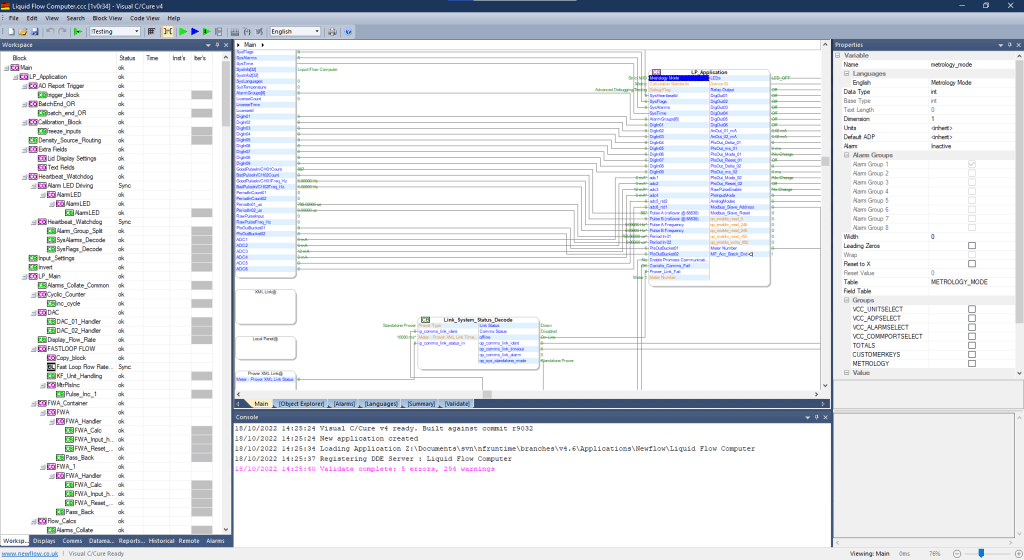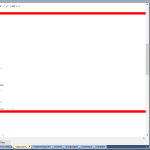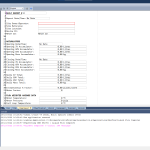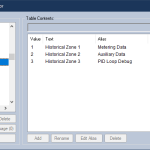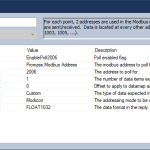Visual C||Cure® is the Rapid Application Development (RAD) tool for generating and modifying NÅNO applications.
Graphical Design Environment
- Graphical data flow
- Hierarchical design
- Customize existing applications or create from scratch
- Application Validation to assist in debug and diagnostics
- Unrivalled debug & diagnostics built-in
Comprehensive Calculation Libraries
- AGA3, AGA5, AGA7, AGA8
- API Ch11.1 (2012)
- API Ch11.2.2M (2017)
- API Ch11.2.4 (2019), GPA 8217 (2019)
- API Ch11.2.5 (2007)
- OIML R022
- TP15 (2003)
Library Manager
- Enables access to user and shared libraries
- Optional per-block password protection
Code Editor
- Supports ‘C’ like programming language
- No dynamic memory allocation
- No pointers
- Single-step and breakpoints
Report Editor
- Each report can contain up to 240 data-points
- 16 storage zones:
- 6 off with 1500 report slots
- 10 off with 250 report slots
- (oldest reports get over-written when zone is filled up)
- Data-points and reports lines can be hidden via the application
- Unicode background text
- Report trigger can be generated via the application
- Reports can be “live” or stored for later recall (or both)
- When triggered, reports can also be printed, pushed to an FTP site or stored on an SD card
Comms Links
- OPC UA Server
- OPC UA Client
- MQTT Client
- XML
- Modbus Master (Ethernet & Serial)
- Modbus Slave (Ethernet & Serial)
“Historicals” Data Logging
- Each record supports up to 13 data-points
- 3 “non-volatile” storage zones with 20,000 record slots
- 1 further “volatile” zone with 86,400 record slots allowing logging every ½ second
- Data can be viewed on website or downloaded via XML
Displays Tree Editor
- Website
- Local Panel
- Integrated lid display
Alarms & Events
- Any application point can be used to raise an alarm
- Alarm log shows datestamp of when alarm SET, ACCEPTED and CLEARED
- Comprehensive event logging split into the following categories:
- System : 1000 entries
- Operator : 2500 entries
- Metrology : 1000 entries
- Security : 1000 entries
- Application : 1000 entries
Additional Log Values (ALVs)
- Each alarm, event or data-log record can also store 13 data-points
